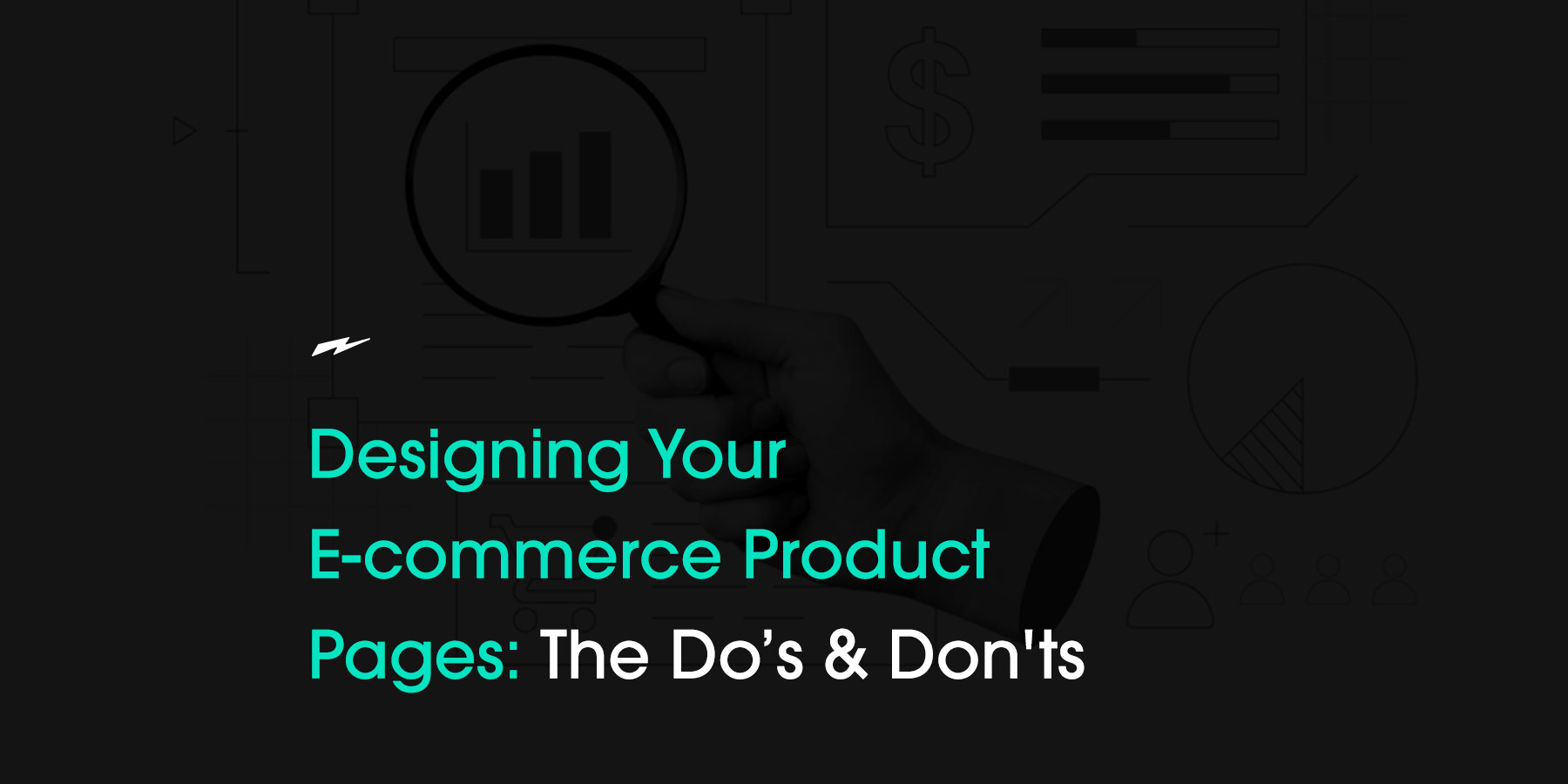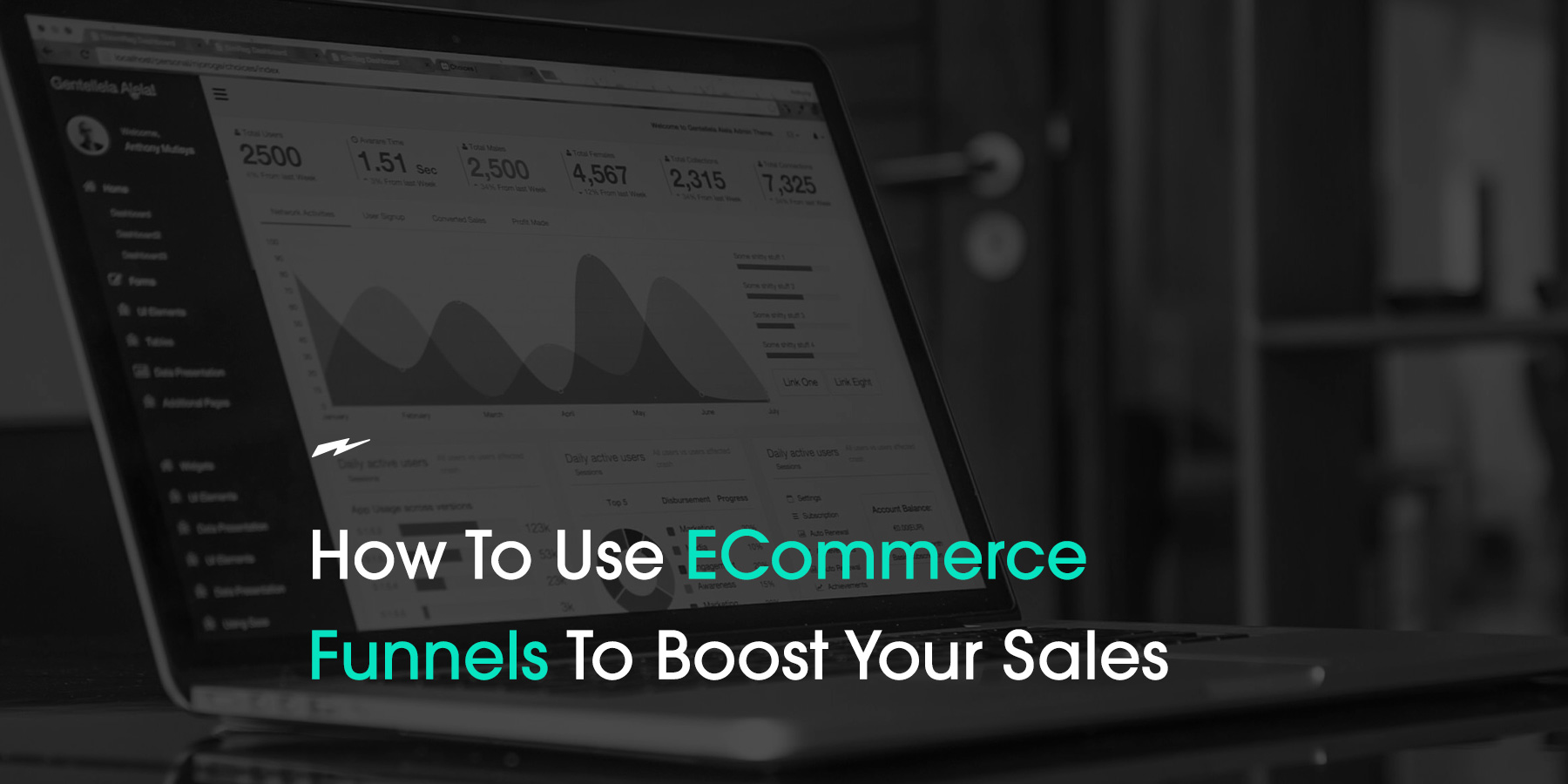In today’s digital era, e-commerce has become an integral part of our lives. With more and more businesses moving online, the competition in the e-commerce market has increased significantly. Therefore, it’s essential to have a well-designed product page to attract and retain customers.
That said, this article will discuss the main do’s and don’ts of designing e-commerce product pages.
DO: Create a Clear and Simple Layout
The layout of your product page plays a crucial role in user experience. A clear and simple layout makes it easier for customers to navigate through your page and find the information they need. Use easy-to-read fonts, clear images, and a consistent colour scheme. Make sure your product images are high-quality and display the product from different angles.
DON’T: Clutter Your Page with Too Much Information
While it’s crucial to provide your customers with all the necessary information about your product, don’t clutter your page with too much text or images. This can overwhelm your customers and make it difficult for them to find the information they need. Instead, use bullet points to highlight the key features of your product and keep your product descriptions concise.
DO: Include Customer Reviews and Ratings
Customer reviews and ratings are an excellent way to build trust with your customers. Including positive reviews and ratings on your product page can increase the likelihood of a customer making a purchase. Make sure to respond to any negative reviews in a professional and courteous manner, as this shows that you value your customers’ feedback.
DON’T: Use Fake Reviews or Ratings
Using fake reviews or ratings is dishonest and can damage your reputation. Customers are becoming increasingly aware of fake reviews and are more likely to trust a product with a mix of positive and negative reviews. Encourage your customers to leave honest reviews and use them to improve your product or service.
DO: Make Your Page Mobile-Friendly
With more and more people using their mobile devices to shop online, it’s crucial to have a mobile-friendly product page. A mobile-friendly page is easy to navigate and loads quickly on a mobile device. Use responsive design to ensure your page displays correctly on different screen sizes.
DON’T: Neglect the Desktop Experience
While having a mobile-friendly page is essential, don’t neglect the desktop experience. Many customers still prefer to shop on their desktops, and a poorly designed desktop page can drive them away. Make sure to optimise your page for desktop users as well.
DO: Use Call-to-Action Buttons
Call-to-action buttons are essential for guiding your customers through the purchasing process. Use clear and concise language for your call-to-action buttons, such as “Buy Now” or “Add to Cart.” Make sure they are easy to find and stand out on the page.
DON’T: Use Confusing or Ambiguous Language
Using confusing or ambiguous language for your call-to-action buttons can lead to customer confusion and frustration. Avoid using vague phrases like “Learn More” or “Click Here.” Instead, use clear and concise language that tells the customer exactly what they are doing, such as “Buy Now” or “Add to Cart.”
Conclusion
Designing a well-optimised e-commerce product page is essential for attracting and retaining customers. By following the do’s and don’ts outlined in this article, you can create a page that is easy to navigate, provides all the necessary information, and is optimised for both mobile and desktop devices. Remember to always prioritise the customer experience and use customer feedback to continually improve your product page.
If you are looking for a well-trusted designer that specialises in e-commerce web design in Perth, Australia, look no further than our expertise here at Lethal. We are results-driven, and we have the content goal of educating our audience about the values and benefits we can provide to online businesses. Call us today for more information about our graphic and web design services.





